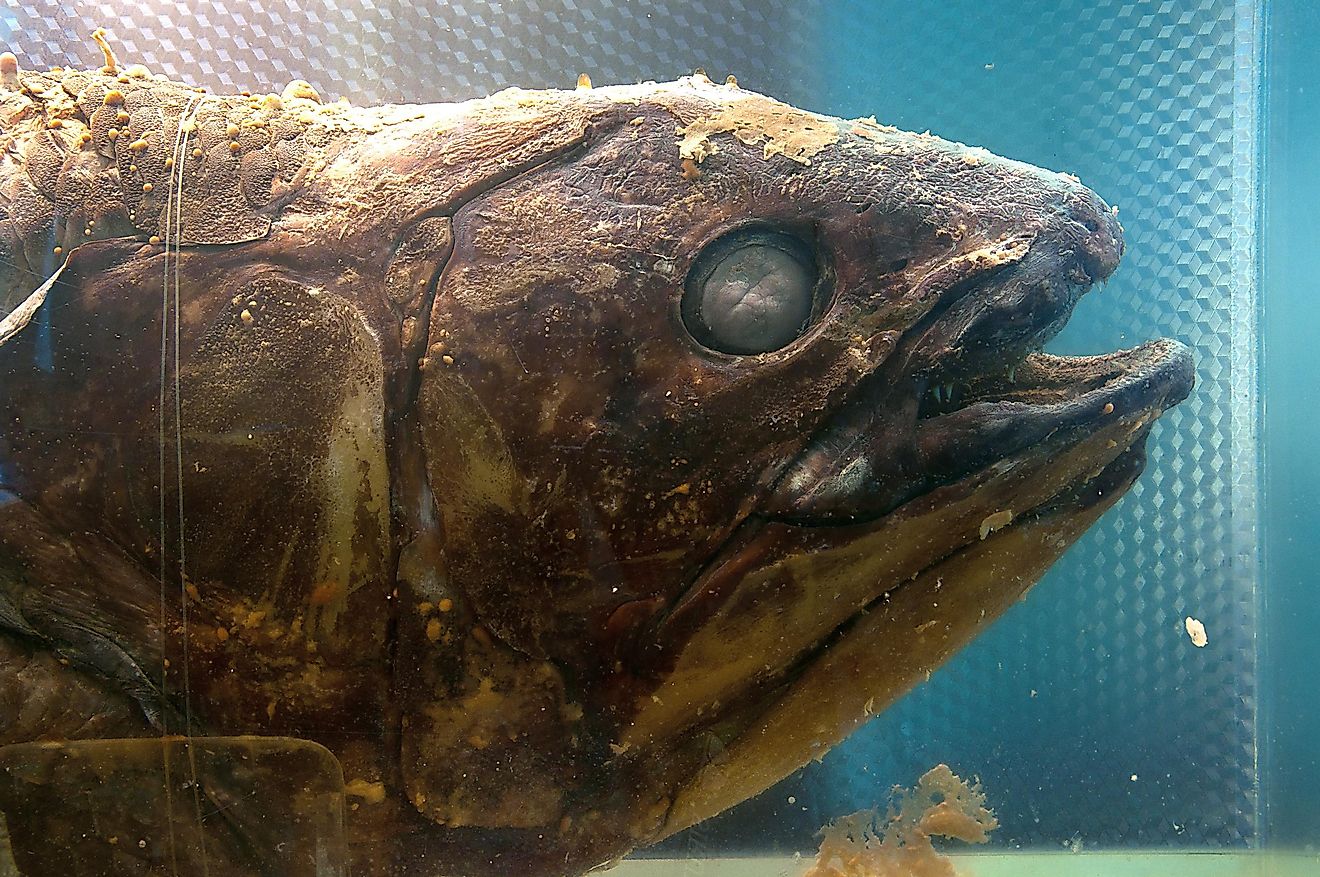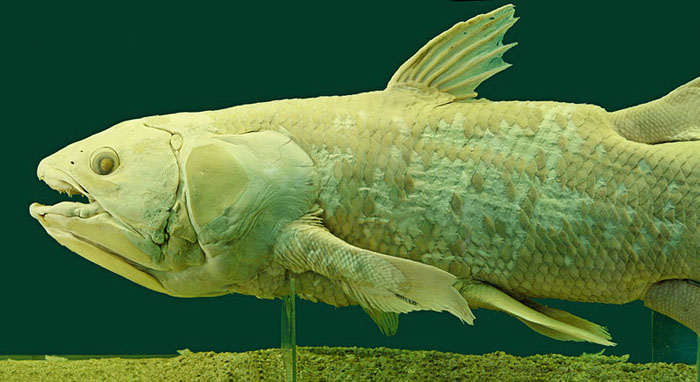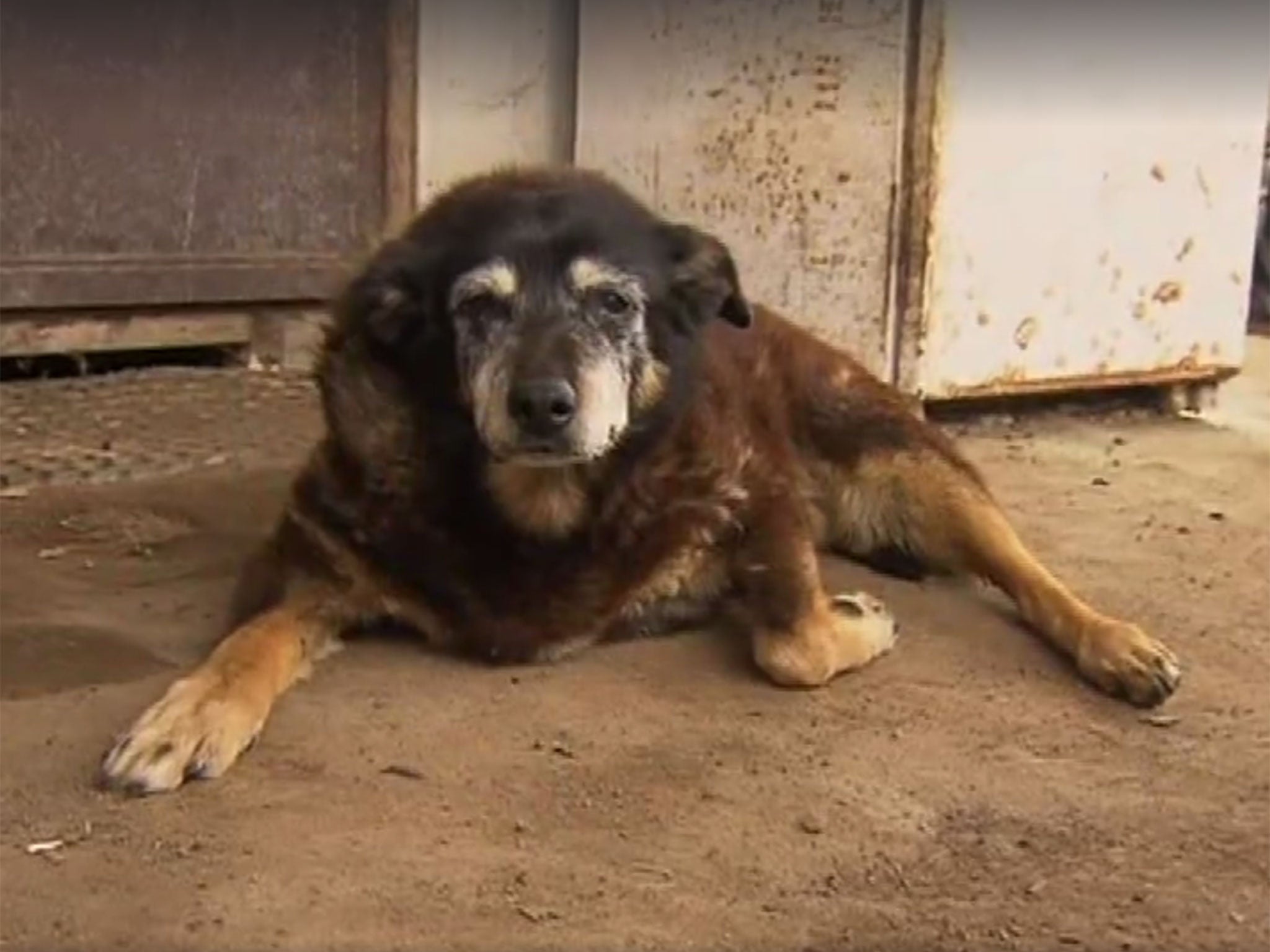
islandica has a very low oxygen consumption. The animal lives its life in slow motion, so to speak: She believes that the ocean quahog’s ability to live for centuries is primarily due to a slow metabolism. One leading researcher in this field is the German animal physiologist and marine biologist Doris Abele. The discovery of Ming in 2006 has inspired many researchers to try and figure out the secret behind its impressive age. And the really amazing thing is that the pattern in the ocean quahog’s growth rings actually recurs in tree rings.” “This is important to our understanding of how much changes in the oceans affect the climate on land. islandica can help fill this gap in our knowledge and provide us with a very accurate picture of past climate,” he says. “There are a number of methods to chart past climate on land, but for the marine environment we only have some very limited data. Rob Witbaard agrees that old ocean quahogs like Ming are a unique tool for shedding light on past climate change: I find that incredibly fascinating,” says Butler. islandica provides us with a year-by-year timeline of the ocean temperature. islandica can also provide a unique insight into past climate conditions.īy examining the various oxygen isotopes in the growth rings, scientists can determine the sea temperature at the time when the shell came into being. The pattern in Ming’s growth rings does not only provide scientists with an accurate age of the animal the A. “The fact alone that we got our hands on an animal that’s 507 years old is incredibly fascinating, but the really exciting thing is of course everything we can learn from studying the mollusc,” says the head of the AMS 14C Dating Centre at Aarhus University, Denmark, Associate Professor Jan Heinemeier, who helped with the new dating of Ming. Ming provides insight into climate changes So this is how the patterns in their growth rings can help verify the age.”

The ocean quahog specimens we used for comparison were obviously not as old as Ming, but they have lived in different periods of Ming’s life. “In this way we can use measurements of other shells to determine that we actually arrived at the right age.
islandica – patterns that are almost identical in all specimens that have lived in the same area at the same time. islandica.Īccording to Butler, different time periods are represented as unique patterns in the growth rings of the A. To be extra sure, the British researchers began comparing Ming with other old specimens of the A. When the researchers started to re-date Ming, they therefore decided to look at the growth rings on the outside of the shell, as these were spread over a much wider surface and were thus easier to see.Īnd here they suddenly noticed many more growth rings. Witbaard was not involved in the study of Ming, but he has read the new article. If there is any error, it can only be one or two years,” says marine biologist Rob Witbaard of the Royal Netherlands Institute for Sea Research, who has researched into the A. So I am very confident that they have now determined the right age. “The age has been confirmed with a variety of methods, including geochemical methods such as the carbon-14 method.

How can we be sure that the British researchers have determined Ming’s correct age this time around?Īccording to one of the world’s leading mollusc researchers, there is a general agreement within research circles that 507 years is Ming’s correct age: This photo shows the growth rings inside the shell, which formed the basis for the new, more accurate, estimate.

It was for this very reason that the British researchers initially chose to count Ming’s growth rings inside the hinge ligaments. The hinge ligaments that connect the two shells are generally considered to be the best place for counting growth rings. The growth rings on the ocean quahog are visible on both the outside and the outside of the shell.


 0 kommentar(er)
0 kommentar(er)
